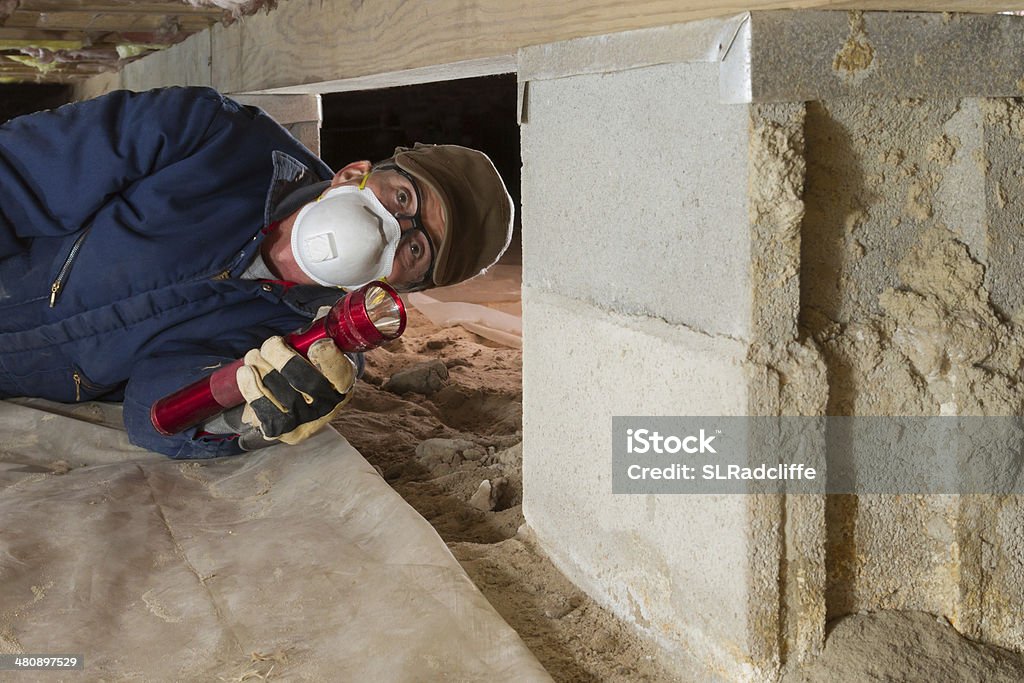Introduction
Termites, though tiny in size, can wreak havoc on the structure of a building. These silent destroyers are capable of causing extensive damage, often undetected until significant harm has been done. Termite treatment is essential for preventing and managing these pests effectively. Understanding the basics of termite treatment can help homeowners protect their properties and maintain the integrity of their structures.
- Understanding Termite Behavior
Termites are social insects that live in colonies and feed on cellulose-based materials, primarily wood. They play a crucial role in the ecosystem by breaking down dead plant material, but their presence within the confines of a home can led to severe structural damage. Termites build mud tubes and tunnels to access food sources, and they often remain hidden within walls, attics, and basements, making detection challenging.
- Detection and Inspection
Early detection is key to effective termite treatment. Homeowners should be aware of the signs of termite infestation, which include discarded wings, mud tubes, and hollow-sounding wood. Regular inspections by pest control professionals can help identify termite activity before it causes extensive damage. These professionals use specialized tools and techniques to detect termites in hidden areas and determine the extent of the infestation.
- Types of Termite Treatment
- Several effective methods are available for treating termite infestations. These include:
Liquid Termiticides: These are applied to the soil around the foundation of the house to create a chemical barrier, preventing termites from entering the building. Liquid termiticides can also be applied directly to wooden structures to eliminate existing colonies.
Bait Stations: Termite bait stations contain cellulose material laced with slow-acting insecticides. Termites consume the bait and share it with the colony, eventually leading to the colony’s elimination.
Wood Treatments: Wood treatments involve applying chemicals directly to wooden structures to repel or kill termites. This method is often used during construction to protect the building from termite infestations
Fumigation: Fumigation is a comprehensive termite treatment method that involves enclosing the entire structure and filling it with fumigants. This process eradicates all pests within the enclosed space, ensuring complete elimination of termites and other pests.
- Choosing the Right Treatment Method
The choice of termite treatment method depends on various factors, including the severity of the infestation, the type of termites present, and the structure of the building. It is essential to consult with a professional pest control expert to assess the situation and determine the most effective treatment plan. Each treatment method has its advantages and limitations, and the appropriate choice can significantly impact the success of the termite treatment.
- Professional Termite Treatment
While some homeowners attempt DIY termite treatments, professional assistance is often necessary to ensure the complete eradication of termites. Pest control experts have the knowledge, experience, and specialized equipment required to identify and eliminate termite infestations effectively. They can develop a customized treatment plan tailored to the specific needs of the property and provide ongoing monitoring to prevent future infestations.
- Preventive Measures
Preventive measures play a vital role in maintaining a termite-free environment. Some effective preventive strategies include:
Regular inspections: Regular inspections by pest control professionals can help identify potential termite entry points and detect early signs of infestation.
Moisture control: Eliminating moisture sources and fixing leaky pipes can help prevent termites, as they are attracted to damp environments.
Removing wood-to-soil contact: Ensuring that wooden structures do not come into direct contact with the soil can deter termites from accessing the building.
Proper ventilation: Adequate ventilation in attics, basements, and crawl spaces can help reduce moisture levels, making the environment less attractive to termites.
- Conclusion
Termite treatment is crucial for protecting the structural integrity of buildings and preventing costly damage. By understanding termite behavior, choosing the right treatment method, and implementing preventive measures, homeowners can effectively manage termite infestations and safeguard their properties. Consulting with a professional pest control expert and conducting regular inspections are essential steps in ensuring long-term termite control and maintenance. With the right strategies in place, homeowners can enjoy peace of mind knowing that their homes are protected from the threat of termite infestations.




